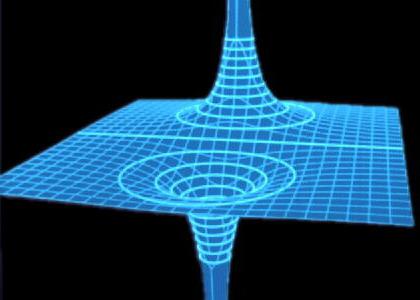Membrane potential
The membrane potential of rest iselectric potential (reserve) formed between the outer surface of the cell membrane and the inner side of the plasma membrane. The inner side of the membrane with respect to the outer surface always has a negative charge. For cells of each species, the rest potential is almost constant. Thus, in warm-blooded skeletal muscle fibers it is 90 mV, for myocardial cells - 80, for nerve cells - 60-70. Membrane potential is present in all living cells.
In accordance with modern theory, the considered electric reserve is formed as a result of active and passive movement of ions.
Passive motion occurs along a gradientconcentration, energy is not required for it. The membrane of cells at rest has a greater permeability for potassium ions. In the cytoplasm of the nerve and muscle cells of their (potassium ions) is present thirty to fifty times more than in the intercellular fluid. In the cytoplasm, the ions are in a free state and diffuse, in accordance with the concentration gradient, into the extracellular fluid through the membrane. In the intercellular fluid, they are retained by intracellular anions on the outer surface of the membrane.
In the intracellular space are contained inmainly anions of pyruvic, acetic, aspartic and other organic acids. Inorganic acids are contained in a relatively small amount. Through the membrane anions can not penetrate. They stay in the cage. Anions are located on the inside of the membrane.
In connection with the fact that the anions have a negative charge, while the cations have a positive charge, the outer surface of the membrane has a positive charge and the internal one has a negative charge.
In the extracellular fluid of sodium ions ineight to ten times more than in a cage. Their permeability is negligible. However, due to the penetration of sodium ions, the membrane potential is reduced to some extent. In this case, there is diffusion of chloride ions inside the cell. The content of these ions is fifteen to thirty times higher in extracellular fluids. Due to their penetration, the membrane potential increases somewhat. In addition, there is a special molecular mechanism in the membrane. It ensures active promotion of potassium and sodium ions in the direction of increased concentration. Thus, ionic asymmetry is maintained.
The active movement of ions is the resultThe functioning of the potassium-sodium pump (pump). The active movement of sodium ions from the cell is due to the penetration of potassium ions into the cell. In the conjugate pump transport is carried out by carriers, which, in turn, are transported by metabolic energy during the decomposition of ATP. Due to the hydrolysis energy, ATP 2 molecules of potassium ion penetrate into the cell, and 3 sodium ions are transported outward.
In a state of rest, up to twenty percent of cellular energy resources are expended in the fibers of the musculature to ensure the functioning of ionic pumps.
Under the influence of the enzyme adenosine triphosphatasethere is a splitting of ATP. Poisoning of nerve fibers with cyanides, monoiodoacetate, dinitrophenol and other substances, including those stopping the synthesis and glycolysis of ATP, provokes its (ATP) decrease in the cytoplasm and the termination of the functioning of the "pump".
The membrane is permeable also for chloride ions (infeatures in muscle fibers). In cells of high permeability, potassium and chlorine ions equally form membrane rest. In other cells, the contribution of the latter to the indicated process is negligible.







